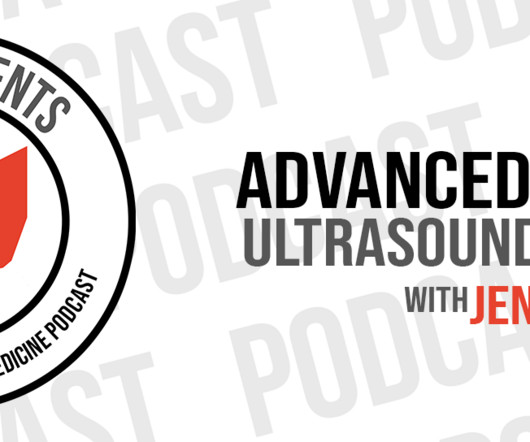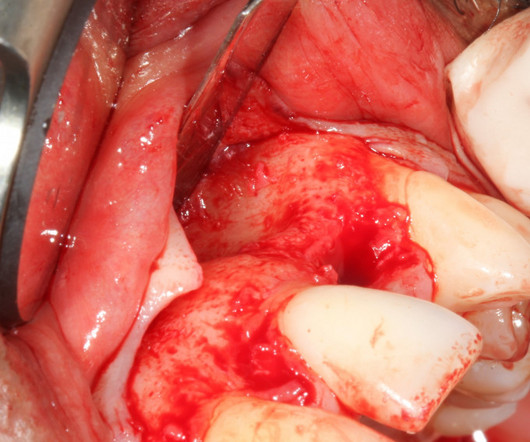Prescribing Red Flags and Suspicious Controlled Substance Orders: Current Cautionary Tales
FDA Law Blog
DECEMBER 4, 2023
12, 2012). “[W]hen the circumstances surrounding the presentation of a prescription would give rise to suspicion in a ‘reasonable professional,’ there is a duty to question the prescription.” Prescriptions Containing No Diagnosis or Intended Use Controlled substance prescriptions issued with a non-specific diagnosis or no diagnosis.












Let's personalize your content